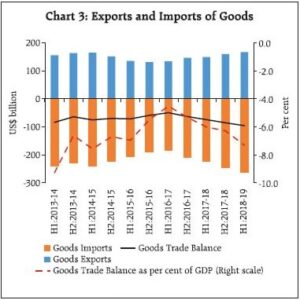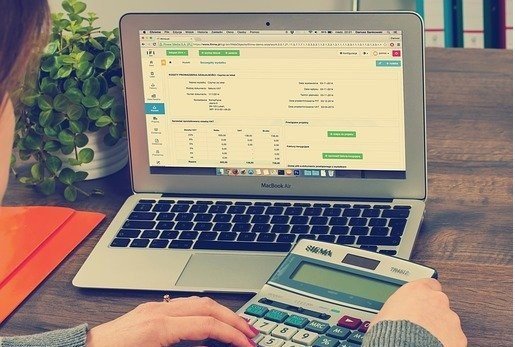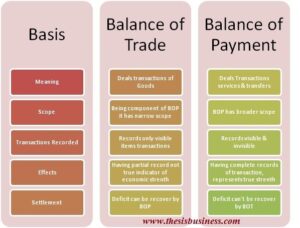Table of Contents
Balance of Trade (BOT):
The government of any country always wish to encourage its exports to accumulate foreign exchange for strengthening the economy and to appreciate its currency value in the international market.
The more foreign exchange reserve a country has, the more capability to infrastructure development, to reduce the unemployment rate as well as investment opportunities in foreign countries.
Thus the export is the backbone of the economy of a country. Therefore, the government always formulate and implement different sets of policies and guidelines to encourage exports.
Now let me explain how the government will be able to determine and monitor the total export/ import and foreign exchange reserves or foreign exchange inflow and outflow for a particular time period.
Here the significance of Balance of Trade (BOT) arises. Let us understand what does it mean by BOT?
Balance of Trade Definition:
Net Foreign Exchange means the total inflow of foreign exchange by a country’s exports minus total outflow of foreign exchange due to country’ imports.
It is calculated by subtracting the total imports of a country from its total exports during a stipulated period of time. The BOT of a country is calculated for a specific time period usually for the single financial year or on a quarterly basis.
In other words, we can define the Balance of Trade (BOT) in this way.
“It is a systematic summary of the Net value of a country’s exports after deducting the total value of imports within a certain period of time.”
The mathematical formula to calculate Tade Balance is
Balance of Trade = Total value of Exports – Total value of Imports (for a particular time period)
Trade Deficit and Trade Surplus:
If a country’s exports are less than its imports, this position is known as the Trade Deficit.
In this circumstance, the Government will have to arrange the foreign exchange to clear the bills of its imports which causes to depreciate the domestic currency of a country.
On the other hand, if the country’s total exports are greater than its imports, this position is known as the Trade Surplus.
In this condition, the country has surplus foreign exchange to utilise in various development projects and other investment initiatives.
Trade Surplus is a favourable position for any country’s economy which any government intends to achieve however it is difficult.
Balance of Trade of India (2013 to 2019):
 |
| Chart Source: RBI |
- The orange colour bar represents the value (US$ Billion) of imported goods for every 6 months only.
- The blue colour bar represents the total value of exports and also the black line represents the Trade Balance for the half-yearly basis.
- We can clearly observe the total exports of India is US$ 100-200, on the other hand, the total imports vary US$ 200-300 billion for the time period of 6 months. Thus we can obtain a clear indication that India is suffering a Trade Deficit of US$ 100 billion approximately.
Difference between Balance of Trade and Balance of Payment:
- The major difference between BOT and BOP is that BOT itself is a component of a BOP.
- The BOP of a country records all economic transactions such as merchandise goods, services, unilateral transfers, incomes, as well as foreign investments, loans (sovereign & commercial), banking capital etc on the other hand BOT deals only merchandise goods and services.
- BOT represents the profit made from the export and import of goods and services whereas BOP represents the overall financial status (Foreign exchange surplus or deficit) of a country.
- BOT facilitates the government to take corrective measures for adjusting exports and imports whereas BOP facilitates to establish and deals in international relations.
- The trade deficit can be makeup by the BOP whereas BOP deficit cannot be recovered by its components.
- Since BOT records partial foreign exchange transactions, hence can not represents true economic strength of a country on the other hand BOP records complete transactions regarding foreign exchange, therefore reflect actual economic strength of any country.
Conclusion:
Hope you have understood the meaning and definition of Balance of Trade. We can conclude a Trade Balance indicates the production and marketing capacity of a country in the international market. Being the largest component of the current account of BOP it can impact the country’s profit and reputation globally. A Trade surplus indicates the higher GDP for a country.
You might be also interested in other topics.
What is the Balance of Payment (BOP)?
What is Monetary policy of India?
What is Bill Discounting?

